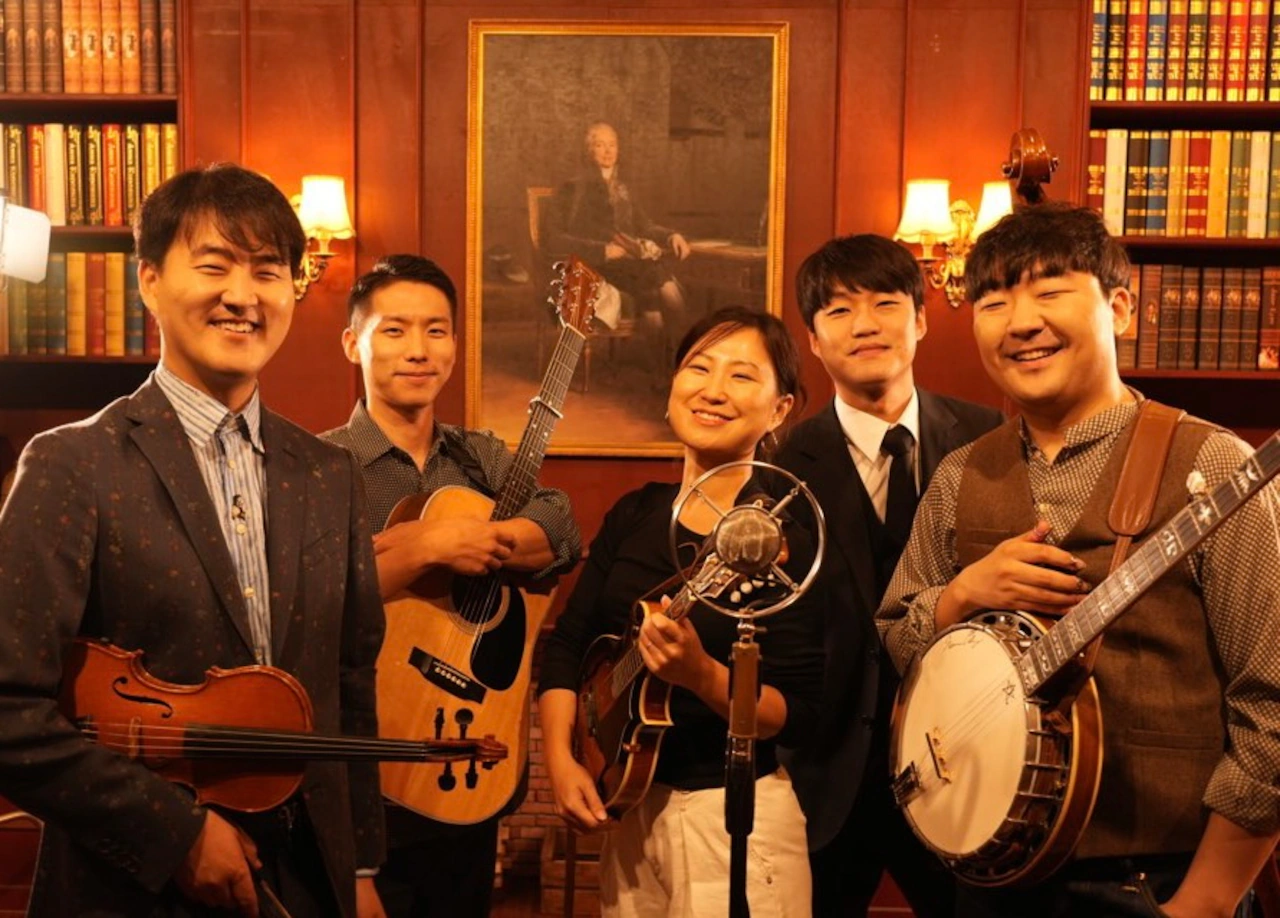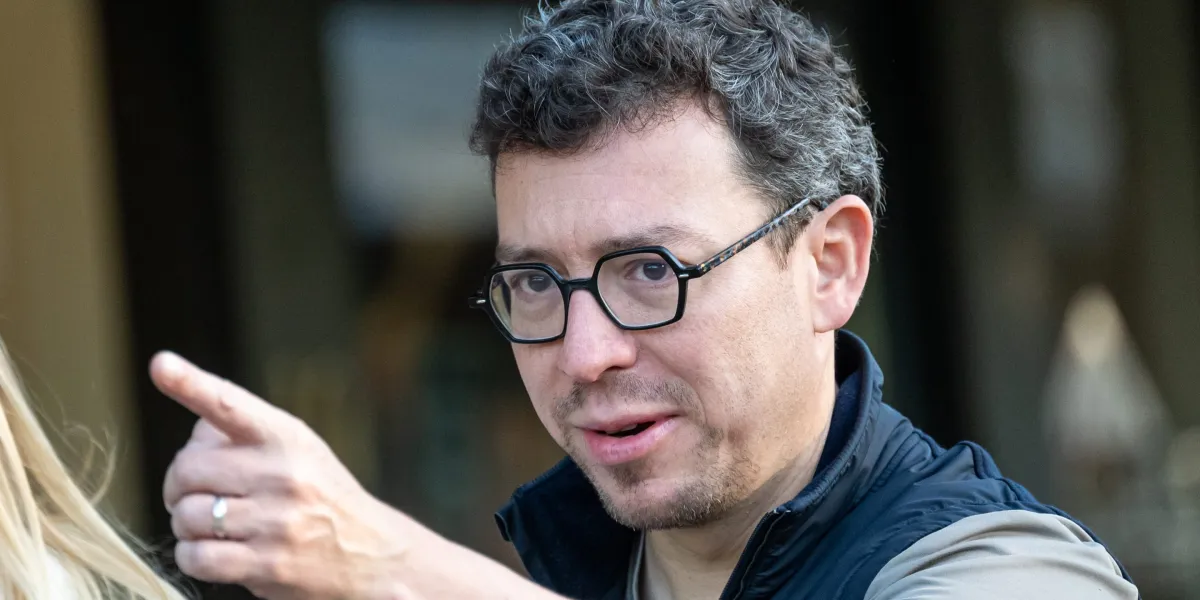
CLEVELAND, Ohio — When fiddle player Jongsu Yoon told a friend who studied in Cleveland that he was performing at the Cleveland Museum of Art, the friend was incredulous.
“Lie!” Yoon said his friend exclaimed, recalling their chat by email. “No way!”
One could say the feeling is mutual. The museum has long been renowned for its eclectic programming — its concert series featuring classical music, jazz, and a wide range of world music — but the concert it has slated for Wednesday, Oct. 8, stands out even from that diverse crowd.
Country Gongbang, of which Yoon is a member, is both the first professional bluegrass band in South Korea and the first Korean group to perform at the Grand Ole Opry. Now it’s about to notch another benchmark: a performance at a bastion of high culture in Northeast Ohio.
“The Cleveland performance is a great opportunity that we never [would have] thought of,” Yoon said, including the museum on a list of “dream-like” venues it’s played since the pandemic, when it burst onto the international scene.
Think bluegrass is a uniquely American art form? Think again. Country Gongbang, whose name translates roughly as Country “Studio” or “Workshop,” is living proof that the genre has spread far beyond its roots in Appalachia, even as Yoon said it remains somewhat obscure in Korea.
The group’s first album, “We All Need Bluegrass,” came out in 2018, but its first big break came in 2020, with an appearance on a Virtual World of Bluegrass concert. Two years later, it was part of the La Rocher Bluegrass Festival, the largest event of its kind in Europe.
Since then, the quintet has been on a steady upward trajectory, winning a grant in 2023, playing at a major bluegrass festival in Japan and releasing “Unknown Poets,” its second full-length album. Now the group is on another U.S. tour.
Yoon himself is a relatively recent addition to Country Gongbang. Founders Hyunho Jang and Yebin Kim had been interested in country music for years before they began playing banjo and mandolin and singing together in college in South Korea in 2014.
Yoon, now the group’s fiddle player, brought to the table a background in Irish folk music. Guitarist Sunjae Kim, meanwhile, had already been playing bluegrass, and bass player Kiha Song had only to make the leap from electric to acoustic. All five had to apply training in classical, jazz and pop music in ways they hadn’t expected.
In Korea, “there are no institutions or teachers that specialize in bluegrass,” Yoon said. “We all found our own way by listening to music and [imitating] what we heard…studying the instrument[s] in depth and even…composing songs that reflected the unique colors of bluegrass.”
But what Country Gongbang offers isn’t just some imitation or reflection of bluegrass. It’s a separate branch altogether — a kind of subgenre fusing the American roots of bluegrass and the group’s Korean heritage. Even the languages freely commingle, as the group writes original songs and sings in both English and Korean.
Bluegrass may have no parallel in Korea, and the subject matter of a song may not always translate on the other side of the world. Nonetheless, there’s something universally familiar about titles like “Mama’s Secret Recipe,” “Born to Be Chicken” and “The Cowboy of Steep Hill.”
The sound of bluegrass, Yoon said, “I think it has been partially incorporated into older popular songs [in Korea] and is familiar to the public’s ear. There is nothing about bluegrass that would make the Korean audience feel uncomfortable.”
Likewise the American audience. Nothing about Country Gongbang should estrange listeners here, even those with a deep fondness for traditional bluegrass.
It is Yoon’s belief — and indeed the credo of Country Gongbang — that bluegrass transcends boundaries of time, style and place. It’s not just a genre from rural America. It’s an art form with universal traits and its own universal appeal.
In that sense, maybe it’s not such a surprise to see Country Gongbang at the Cleveland Museum of Art, after all.
Bluegrass “has the power to bring people together,” Yoon said. “The spontaneity of improvisation, the harmonies, and the warmth created by acoustic instruments are what make it so appealing… Many who encounter it through us find it both refreshing and familiar.”



